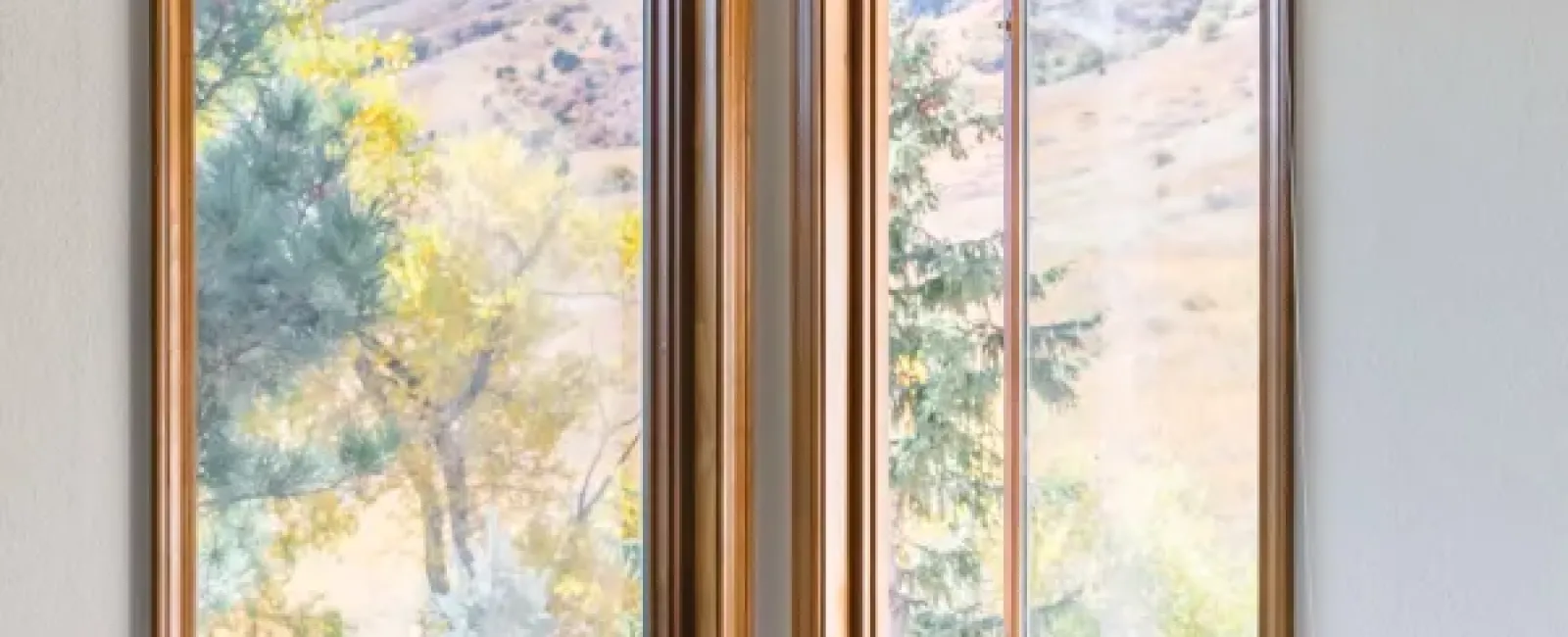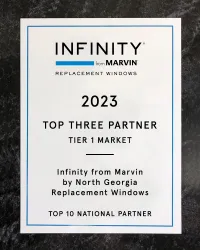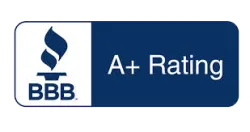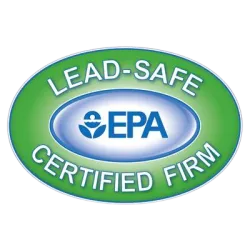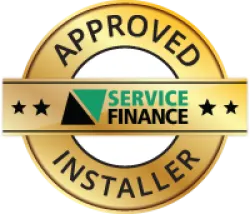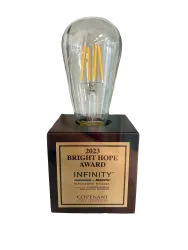If you live in the south and you have not already gotten replacement windows, you've probably experienced a room you just can't enjoy on a hot day. A window replacement project can be a good start to reducing the solar heat gain radiated through windows, doors and skylights. New glass technology has made energy efficient windows much better than the average "Low E" window.
High-performance solar control insulated glass packages have many benefits like reducing the stress on your air conditioning units, protecting your floors, furnishings, paint finishes, and simply making your room more comfortable. To understand how the new technology works, let us explain some of the technical terms that are extremely important when it comes to choosing the best replacement window for solar control.
Solar Heat Gain Coefficient (SHGC) is the ratio of solar heat passing through the glass to the amount of solar heat falling on the glass at a 90 degree angle. This includes both the radiant heat that is being transmitted and the solar heat absorbed and re-radiated indoors. The solar heat gain coefficient number is generally specified on a scale of (0 to 1) with the lower the number representing better performance in warmer climate areas. For example, clear single pane glass is usually around 0.87 and the better insulated glass is closer to 0.19.
Visible Transmittance (VT) measures how much visible light is admitted through the window glass. Visible light is usually important because it directly relates to letting the light shine in, which is one of a window's main functions. Also represented on a scale from (0 to 1), the higher the number, the more light is allowed to pass through the window. Newer glass technology does a much better job of balancing more light while getting the solar control performance desired.
Ultraviolet Light Radiation (UV) is most commonly associated with sun burns. However, these invisible rays are also responsible for the fading of floors, home furnishings, wall paints, window treatments, etc. Whereas many typical Low E coated windows may only block out about 60% of the harmful rays, the solar control, high efficiency windows block out about 95%.
The terms we've defined above are all directly related to the solar control of replacement windows. These properties are associated closely with the type of Low Emissivity (Low E) glass that is being used in energy efficient windows. Sure, U-factors are important, especially in colder climates, and we could discuss many more technical types of Low E like hard coatings, soft coatings, layers, and the various metallic oxides used. There are also various gases, fill rates, condensation, seal systems, air leakage and many window frame aspects to consider when shopping for new windows; however, we'll save these for a later time.
If you are considering buying replacement windows, don't make the mistake of commoditizing these products. If you utilize the educational resources available online like the Efficient Windows Collaborative and the third party certifications like the National Fenestration Rating Council (NFRC), you will likely make a much better decision. Some of the more energy efficient glass packages for solar control are the Cardinal Low E^3-366, PPG Solarban 70XL and other double and triple glazed windows offered by NG Windows.

U.V. Protecting Windows
For more information, please call (770) 888-1604 or visit www.ngwindows.com

